
The Future of Marketing and the Changing Role of the CMO
Let’s face it. The role of the Chief Marketing Officer today isn’t just difficult. It’s getting harder to pin down.
But, what if trying to pin it down and put it in a box is exactly what has limited marketing leaders from doing their job well in the first place?
According to a joint report released by the CMO Council and Deloitte, CMOs and the Spark to Drive Growth, marketing leaders aren’t focusing enough on the end goal: growth. They are instead, stuck in the box, heads down and focused on those first few steps on the journey towards growth.
What CMOs may have to do is step outside of the comfort zone – brand storytelling, customer engagement, lead nurturing – and start impacting the factors that drive growth, which are outside of the direct marketing department bandwidth.
It’s taking a step above just influencing growth and getting into the driver’s seat. Essentially, CMOs need to think more like their organization’s executives, and then use that mindset to weave finance, HR, product development, and other departments into the marketing strategy.
But, first, marketing leaders need to rework their own expectations about their role.
According to a report by Accenture, 88% of organizations agree that the role of the CMO has changed in the last couple of years and will continue to change over the next few years.
In a world of rapidly advancing technology, changing customer attitudes, and unpredictable trends, marketing is evolving at lightning speed. The role of the CMO must also change to fit the changing needs of modern organizations, overseeing not only branding and marketing activities but also business growth and customer experience.
To stay relevant in today’s marketing landscape, CMOs must meet both the needs of the customer and the marketing needs of the business consistently well.
Quick Takeaways:
- The role of the CMO is becoming increasingly vital for the success of a business.
- CMOs must adjust their mindset and working practices to achieve a more collaborative role.
- Telling stories repeatedly is vital for brands to achieve the “human connect” with their customers.
Bridge the CMO-C-Suite Disconnect
Here’s the problem. Business leaders believe their CMO’s priorities should be:
- Revenue growth (95 percent)
- Gross margin (51 percent)
- Market share (49 percent)
Which means, marketing leaders need to go way deeper into the data and analytical side of marketing in order to ensure marketing decisions and cross-department engagement are achieving end-game results. Not just engagement, lead generation, and brand trust signals, but increases in sales across different channels and a more aggressive approach to gaining market share.
Now, compare this to the top three priorities according to CMOs themselves:
- Revenue growth (70 percent)
- Brand valuation (32 percent)
- Market share (32 percent)
CMOs are still more focused on the brand, rather than the business and the customer.
“CMOs today are very challenged to pick their head up and take an enterprise view. It’s critical that they see themselves, not as just the manager of the brand and the marketing plan, but as a growth driver for the organization. It’s in that role that they have a voice in the strategy and can help influence how the organization moves forward.”
-Diana O’Brien, Global Chief Marketing Officer, Deloitte LLP
So, what can CMOs do to have more of an impact on revenue growth?
Hone Your Skills (And Your Acumen)
The backbone of a strong marketing organization starts with the acumen of the CMO – specifically 10 major skill sets that every marketing organization needs. Take a look at the list to determine if you need to fill in any gaps:
- Customer insights specialists who can mine data, and develop customer decision journey maps
- Digital expertise that is ingrained – no more winging it!
- Social media mastery
- The ability to incorporate emerging digital, social and data-driven capabilities on the fly
- Content – but, of course! Ask yourself: Are you producing it with explicit intent to be used across multiple touch points?
- Using data to influence and recommend next steps
- Predictive data to plan for the future
- Data gathering that is done securely while protecting privacy rights
- A chief marketing technology person to lead mar-tech efforts.
- Wiggle room to experiment and fail.
Dissolve Organizational Boundaries
One massive leap CMOs need to take is over the walls that exist between departments. Well, maybe leaping isn’t such a smart idea considering the obstacles aligning with marketing’s sister, the sales department. We’re going to need to build a ladder and go step-by step.
Chances are, there’s still some friction trying to get your marketing and sales departments to sync goals. But, the next-gen CMO should be connecting with supply chain management, products and operational partners, who are just as involved in the customer experience as sales, if not more so.
The idea is to evolve from being a brand growth leader to a sales and experience orchestrator. This means getting involved in facets of the business that marketing traditionally takes more of a consulting, back-seat role, rather than being directly involved and even leading.
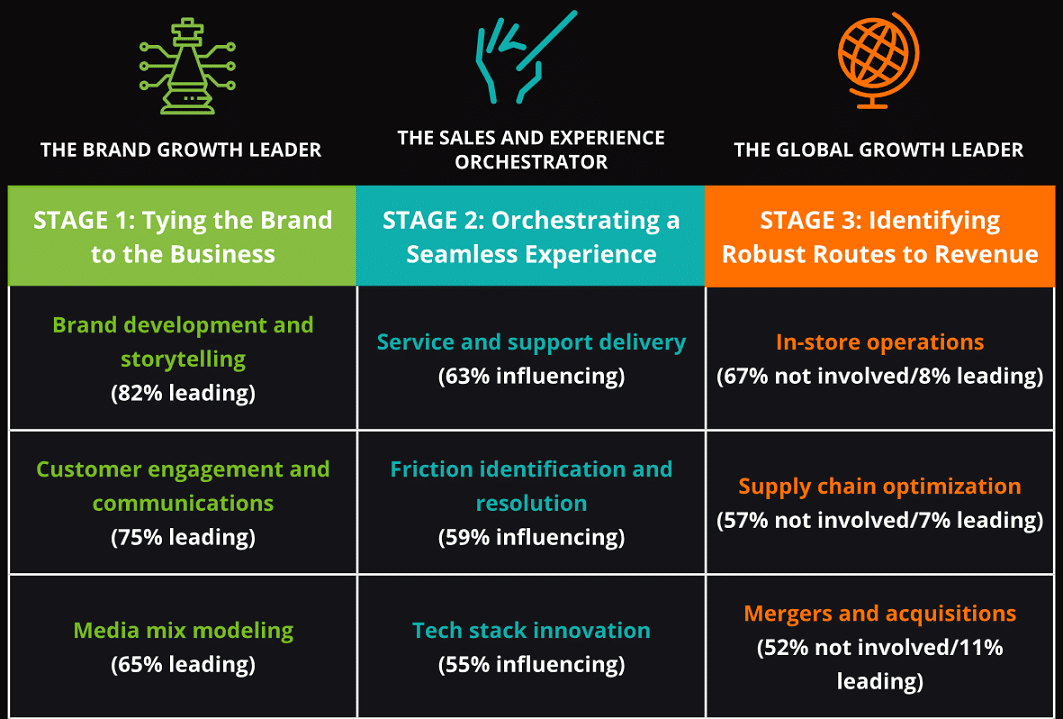
Product innovation – marketers can tap into all that customer data to dig up insights to improve the brand’s products
Service and customer support – the same channels marketers are using to engage with the brand’s target audience, sales utilizes to answer customer questions, resolve issues, and provide support. CMOs can better streamline these interactions with deeper alignment.
Getting more out of the tech stack – CMOs will need to go deeper, using analytics, not just to track and gain insights around marketing goals, but also to identify and map new avenues for revenue growth. This means, they need to take a more active role in choosing the right tech tools and leveraging predictive analytics, prescriptive analytics, and more sophisticated models in order to create strategic business plans.
Talent development – as with being more proactive with technology, CMOs need to spearhead employee acquisition and development to ensure marketing’s expanded responsibilities can be met with the right level of skill and experience, especially in areas like data science and analytics.
Everyone needs to be on the same page if marketing efforts are to work. In other words, organizations thrive only when there is alignment from top to bottom and across all functions. Here are some steps to get things to line up:
- Know the mission, and be consistent about values.
- Company execs and marketers should be executing around the same business model.
- Figure out who’s in charge of creating a workflow and calendar.
- Implement planning tools that help keep things aligned.
- Get the marketing and sales teams together on common customer goals.
- Executives should model collaboration for the rest of the organization.
Focus on Customer Experience Over Branding
Customer experience, or CX, will be the key to successful marketing for businesses as we head out of 2019 and into the future.
Marketing and maintaining the company reputation has grown beyond the remit of the marketing department. It’s now the responsibility of every individual in the organization to strive to provide the best possible experience to customers.
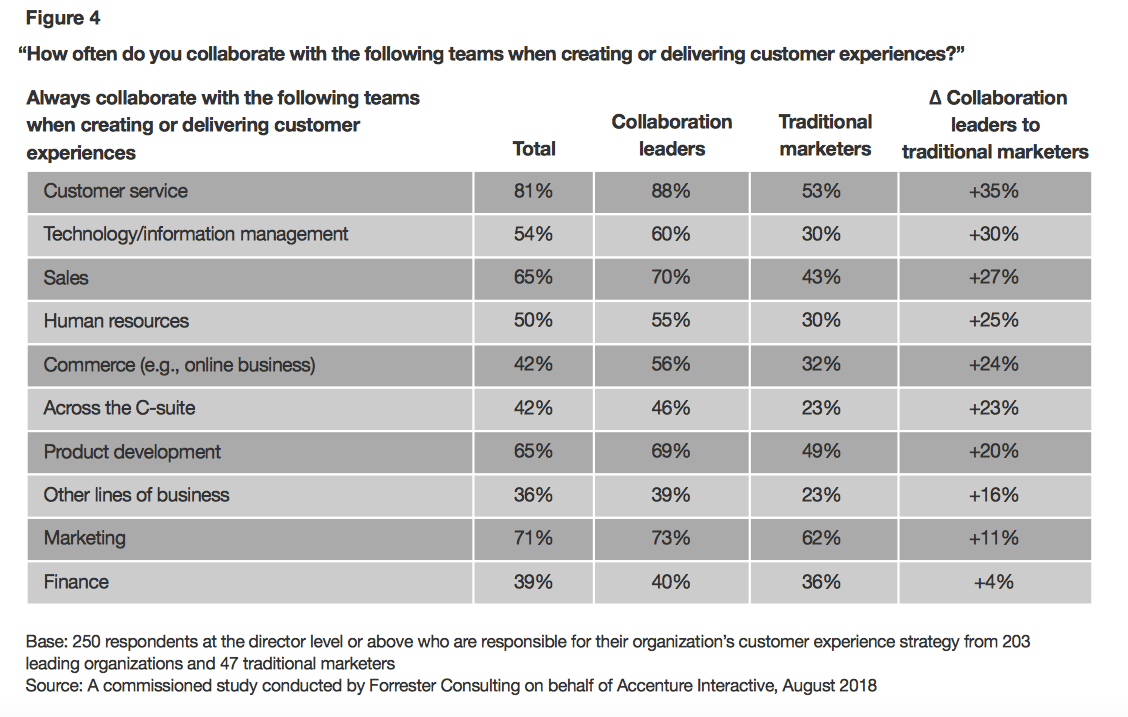
When 250 CMOs were surveyed for the aforementioned Forrester report about the key elements they expected to be part of their role for driving new strategies over the next 12 months, the idea of the customer experience was a common theme.
26% of CMOs said they had plans to make interactions “more human”, and 25% said they would focus on fostering customer engagement across the entire customer life cycle.
These responses represent the shift in marketing from company-centered to customer-centered – it’s no longer about what you can do to bring in more leads and generate more revenue (at least, not directly). Instead, you should be asking: “How can we provide a better experience to customers at every stage of their relationship with our organization?”
87% of organizations agree that traditional experiences are no longer enough to satisfy customers, and that company culture must be built around customer experiences to meet their constantly changing needs. 95% of collaboration leaders say that their company is aligned around shared customer experiences.
Shift from Individual Campaigns to Continuous Storytelling
The traditional “marketing campaign” model following the pattern of planning, marketing, reporting, and reviewing is no longer the most effective strategy.
For brands to get the most out of marketing, it now needs to be a continuous process that is constantly refined and adapted.
It’s no longer a case of publishing a piece of content, measuring the results, and trying to improve it in the next campaign. Content can be changed in real-time based on feedback, results, or changing trends, and marketers can continuously measure metrics and optimize as they go along.
New technology such as Artificial Intelligence has made it easier and more efficient to carry out this continuous marketing and optimization. Over 30% of organizations (per an Accenture study) have already invested in some kind of emerging technology to gain an advantage over their competition.
Technology is a key component to enable CMOs to deliver exceptional customer experiences through personalization and real-time interactions with customers.
The concept of storytelling is not new to marketing, but it’s becoming more important as consumers lose trust in brands and demand more authentic content.
Rather than focusing on refining and strengthening your organization’s brand, instead think about what your company stories are. These stories should be woven into every piece of content you produce and be present in every channel you use for marketing.
Salesforce CMO, Stephanie Buscemi, emphasized the importance of brand storytelling when speaking at the Salesforce Connection event last month, she said: “Over the last two years, authenticity and storytelling have been the biggest boon for marketing. There is now so much going on, so much disruption, so everyone is striving for human connection and human storytelling.”
“Marketing needs to ensure it can resonate, it knows how to make that connection, and knows who people are and what motivates them. Then, marketing can help them with a bridge to what is helpful to them. If you just look at data, you’ll miss the empathy of it,” Stephanie added.
Co-Create Content with Customers
Buscemi also pointed out that content marketing is shifting away from brand-created content and toward customer-created or co-created content. She explained that the Salesforce content model is evolving from internally produced content and focus groups to co-creating content together with customers, and having ongoing conversations with those customers to understand their needs and what kind of content can meet those needs.
This trend toward customer-generated content has been growing for a while, and the future role of content marketers may well revolve around content curation rather than creation.
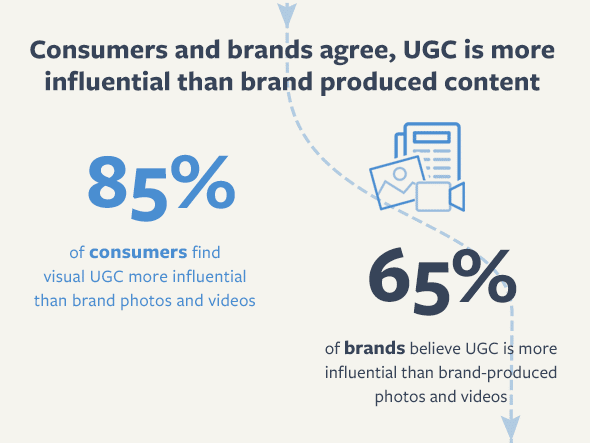
Some of the world’s biggest brands have seen huge success with user-generated content. Over the last few years, we’ve seen the rise of the social media influencer and brand ambassadors starting to replace traditional brand advertising.
There are several advantages to adopting this content production model. Not only can it be very cost-effective and take the strain off your existing marketing resources, but user-generated content can be more effective too.
This all leads back to authenticity and trust. Consumers are twice as likely to share user-generated content rather than brand-produced content because they trust their peers more than businesses.
Co-creating content is certainly an effective marketing technique, and it also helps you to connect and engage with your existing customers. Making them feel as if they’re joining you on your journey and being an integral part of your success can go a long way to building customer relationships and loyalty. Rather than thinking about your “brand voice”, shift to developing your “customer voice” to be more relatable and to produce more engaging content.
Think More Holistically
The next phase, even beyond orchestrating sales and customer experience is to become global growth leaders. This involves a much broader mindset than many CMOs are used to.
When asked what they expected to drive growth with, 68 percent of marketing leaders cited customer acquisition. 44 percent said better segmentation and targeting, and 44 percent plan to use upselling and cross-selling. All three are goals rooted in the brand, not the business.
Only 9 percent plan to introduce new distribution channels in order to drive growth. Here’s the thing, as ‘revenue science practitioners,’ this is exactly the direction CMOs will need to head into.
- What new channels can businesses use to drive revenue?
- What changes can be made in-store to increase sales?
- How can the supply chain be optimized to create a more efficient, effective experience?
- What markets are prime for expanding into?
- What other organizations would be a good fit for mergers or acquisitions?
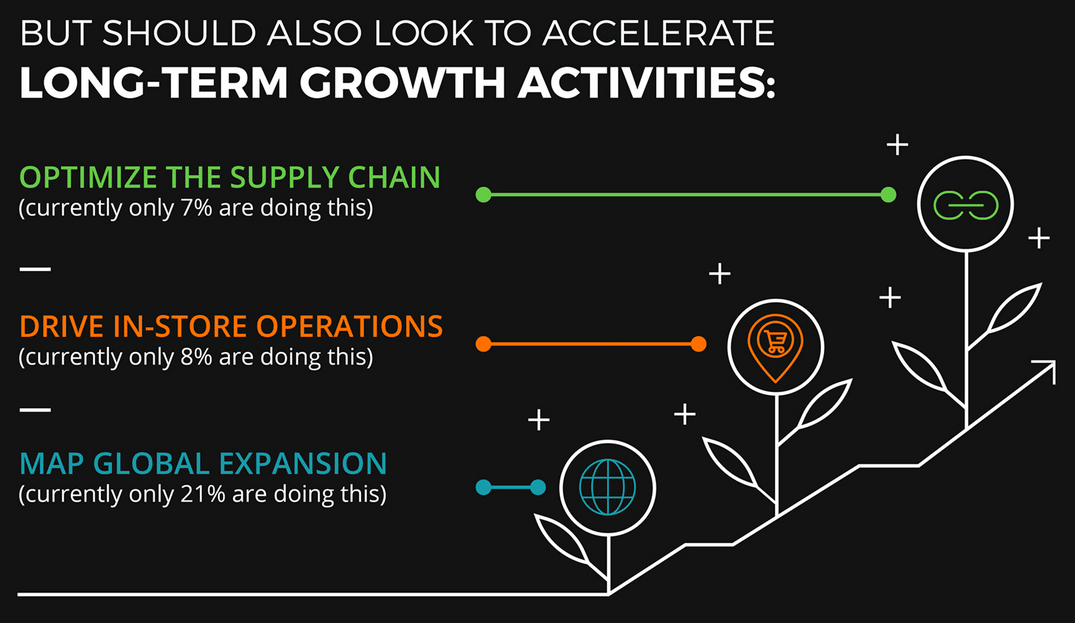
These are areas marketing leaders will need to explore. It’s marketing that goes beyond marketing. Taking on organizational culture, innovation, talent and technology. And, using all the analysis from customer and market data to, not just influence, but to launch initiatives, drive change, and impact business decisions.
This may feel like taking on way too many hats. But, you can boil it all down to two letters: CX.
But it’s customer experience that looks beyond what the brand offers the customer at each touch point, and into how the business is a better match for the customer than competitors.
In order to create a seamless experience for customers, and one that is personalized and fluid enough to evolve with customer expectations, everyone’s got to be on the same page. No one but the CMO is going to make that happen.
Be OK with Ditching Your Plans
Planning and strategizing is very important, but so is the ability to change course and adapt to the speed at which things evolve. In other words, agility matters. As the author writes, “the pace of change is faster than the typical annual planning cycle of most corporations.” True that!
To improve agility, you can work on the following:
- Work experimentation into your budget.
- Form cross-functional teams.
- Develop “test-and-learn” programs.
- Model decisive behavior.
“We’ve had a playbook that has been well honed, very effective, time proven; but we recognize that the world is changing and the consumer is changing. And effective as this might still be, is it sufficiently following the consumer? So how do we evolve our playbook and recognize the changing world?” — Peter Horst, CMO, The Hershey Company
Own Your Strategy (And Failures)
Passing the buck or blaming failures on technical difficulties will only get you so far. It’s vital that marketing organizations have accountability, from the CMO down through the entire team. Here’s how to instill a culture of standing by your performance:
- Keep your eye on the top-level prize.
- Use appropriate metrics and share reporting.
- Encourage personal accountability.
How large your marketing team is will depend greatly on the size of your organization, and whether its B2B or consumer-facing. It could very well be a one- or two-person show to start. Either way, by following the basic framework above and garnering the support of the organization as a whole, you can have a more focused game plan to move forward and grow.
Integrate and Evolve
Going forward, the role of the CMO must grow and evolve in order to ensure these changing marketing practices are carried out successfully in the organization.
CMOs are not only responsible for bringing awareness of the company and brand to the outside world and managing brand reputation, but also for ensuring that customer experiences are exceptional.
CMOs must also ensure that all departments are aligned in a unified marketing vision and committed to a customer-centric culture. Every department has an impact on the overall customer experience in some way, and the CMO must bring every team together as an experience leader to ensure that customer engagement is the primary goal.
It is also the job of the CMO to assist collaboration between brand and customer, as well as across internal departments. This shift toward the customer experience can only be fully successful if the customers themselves are involved in the marketing process. Forward-thinking CMOs should facilitate this collaboration and make it an integral part of every marketing initiative.
Investment in digital technologies must also come under the umbrella of the CMO’s role as these tools are the key to marketing success in an increasingly tech-dependent world.

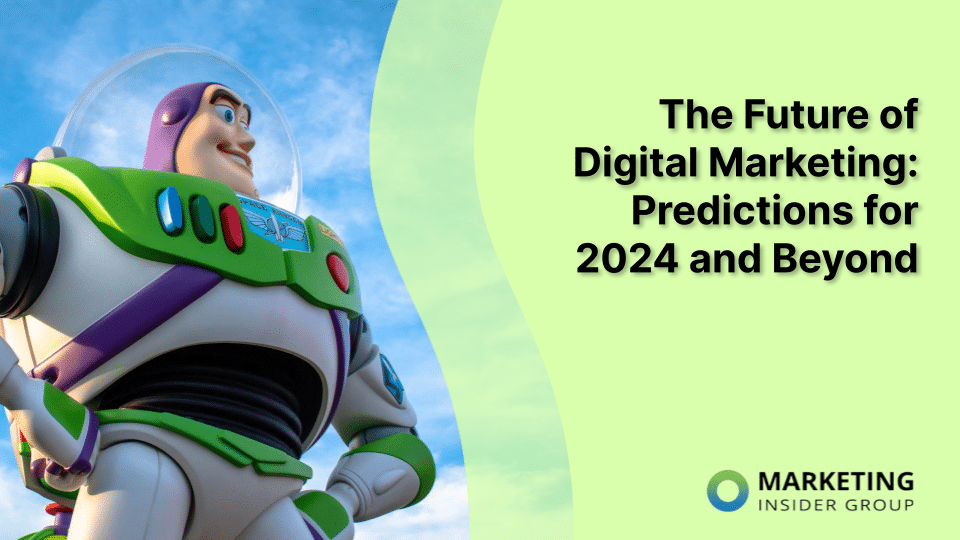

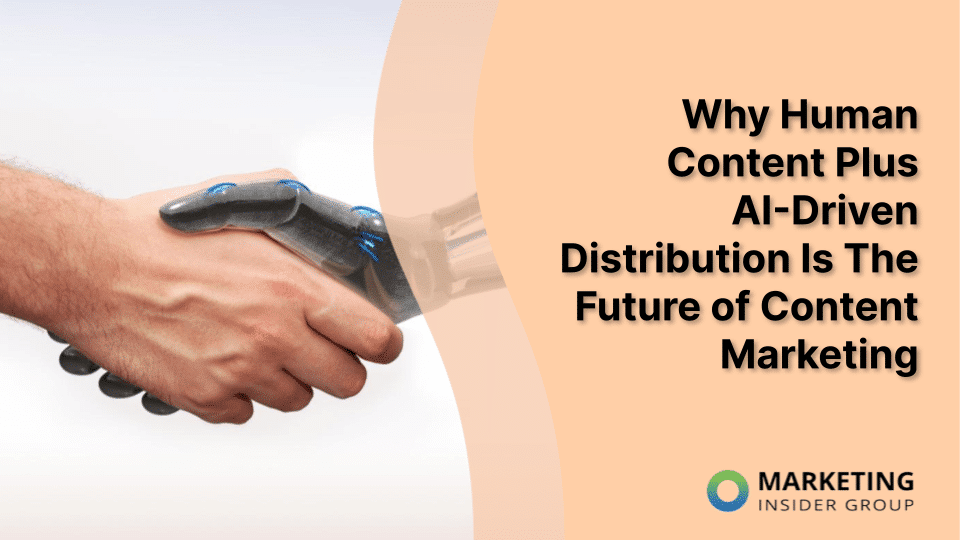



Underwhelming report findings. I would have thought these were from years ago.
Thanks for your comment Kerry. I’m not sure I disagree with you. I’ve been saying these same things for years and yet marketing continues to be all about campaigns and wasted budgets chasing bored consumers. What would you have liked to see covered? What do you see as the future of marketing. I look forward to your thoughts!